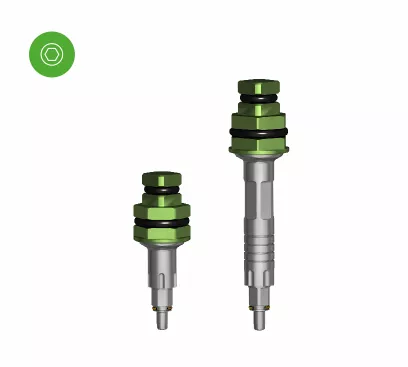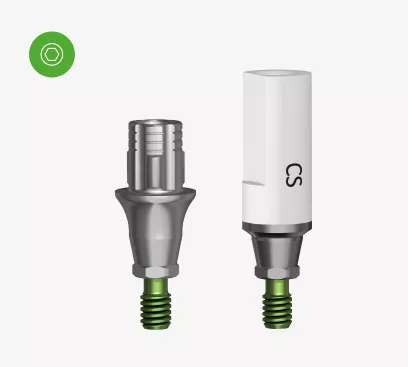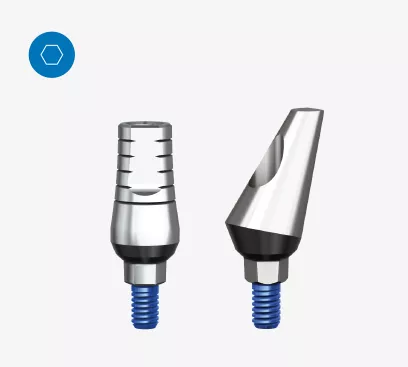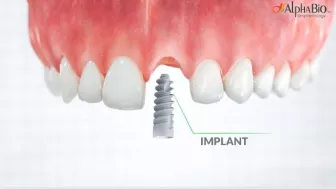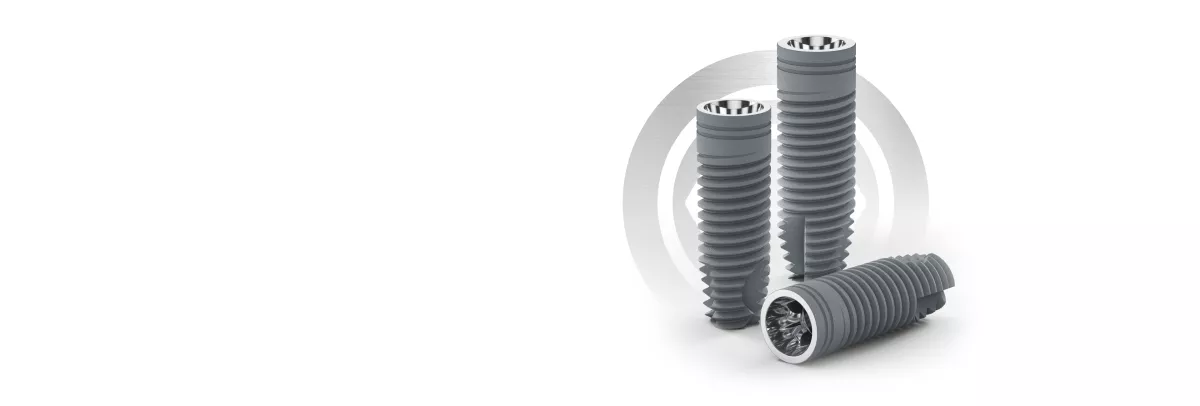
DFI™
A Cylindrical Implant
you can Rely Upon with Confidence
The DFI™ implant is one of Alpha-Bio Tec.'s Legacy solutions. It is a cylindrical, slightly tapered implant suitable for all bone types & a variety of clinical indications. From a single tooth to full arch restoration, the DFI implant is easily stabilized & controlled during placement & enables you to achieve long term stability, predictable esthetic results & high clinical success rates.
Implant-Abutment Connections:
Conical Standard (CS) | Internal Hex (IH)
DFI at a Glance
Good Primary Stability
Controlled & Smooth Insertion
Large surface area
Slightly Tapered Apex

Micro Rings
- Reduced marginal bone loss
- Decreased crestal compression
- Increased Bone to Implant Contact (BIC)

Cylindrical Body
with Variable Threads
- Increased BIC
- Efficient load distribution
- Reduced Marginal bone loss

Slightly Tapered Flat Apex
with Sharp Threads &
a Cutting Flute
- Good primary stability
- Increased surface area
- Smooth & controlled insertion
Implant Dimensions
Please select the implant dimensions of your choice

Related Products

Explore & Discover
Intrudution
MultiNeo Features
Lorem ipsum dolor sit amet
consectetur. Nulla arcu leo enim amet
justo interdum metus eget dignissim.
03:39
Intrudution
MultiNeo Features
Lorem ipsum dolor sit amet
consectetur. Nulla arcu leo enim amet
justo interdum metus eget dignissim.
03:39
Intrudution
MultiNeo Drilling
Protocol
Lorem ipsum dolor sit amet
consectetur. Nulla arcu leo enim amet
justo interdum metus eget dignissim.
03:39
Testimonials
What our customers say about us.
“Using the DFI for 15+ years, in patient follow-up, we’ve seen its performance – high primary stability, and no bone resorption or biomechanical complications.”
“The DFI provides maximum surface area while still remaining passive, and because it’s gentle to the bone, it results in minimal bone loss during implant placement.”
“I use the DFI for cases with hard bone, where its variable threads design enables smooth and seamless insertion with diminished frictional heat.”

